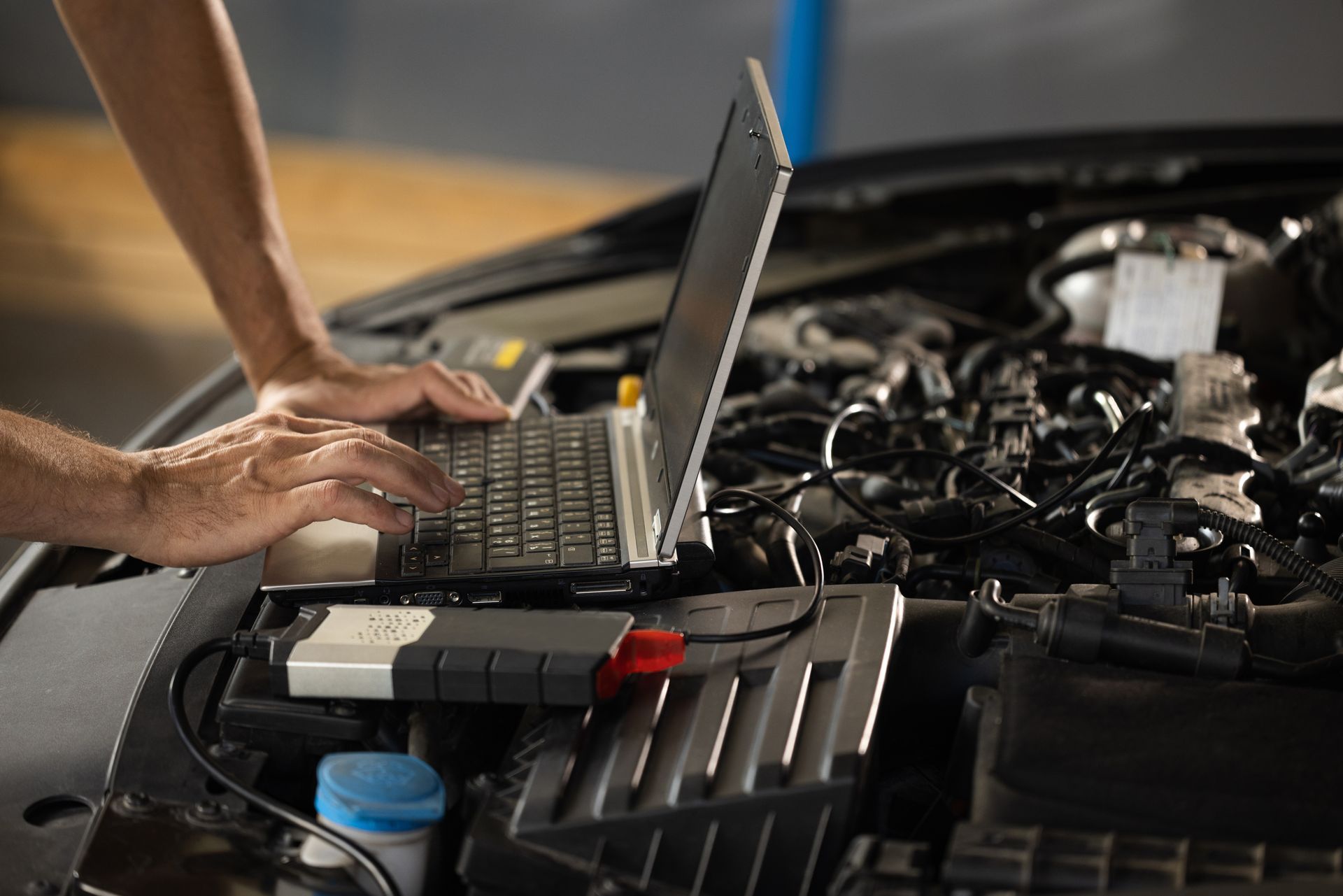Loading ...
Missing business hours data / Error occurred while getting the data.

7 Things To Keep In Your Car In Case of An Emergency or Road Accident
7 Things To Keep In Your Car In Case of An Emergency or Road Accident
Being prepared can make all the difference, whether it's a flat tire, a dead battery, or a more serious accident. We'll explore seven essential items that every driver should keep in their car to handle emergencies and road accidents effectively. From basic tools to life-saving supplies, these items can turn a potentially harrowing situation into a manageable one.
1. First Aid Kit
A first aid kit is a must-have in any vehicle. It should contain essentials such as bandages, antiseptic wipes, adhesive tape, pain relievers, and emergency contact information. Having immediate access to medical supplies can make a critical difference in the outcome of an accident or injury.
2. Emergency Roadside Assistance Kit
A roadside assistance kit should include:
- Items like jumper cables.
- A flashlight with extra batteries.
- A tire pressure gauge.
- A multipurpose tool with a knife and pliers.
These tools can help you tackle common issues like dead batteries, flat tires, or minor mechanical problems without having to wait for professional help.
3. Portable Phone Charger: Staying Connected
In today's digital age, a dead phone battery can leave you stranded and unable to call for help. Keep a portable phone charger in your car to ensure that you always have a way to stay connected, especially in emergency situations.
4. Blanket and Extra Clothing
In colder climates or during unexpected overnight stays, a blanket and extra clothing can provide much-needed warmth and comfort. Whether you're waiting for roadside assistance or seeking shelter after an accident, these items can help prevent hypothermia and keep you comfortable until help arrives.
5. Non-Perishable Snacks and Water
In the event of a long wait for assistance or unexpected delays, having non-perishable snacks and water on hand can prevent hunger and dehydration. Granola bars, nuts, and dried fruit are excellent options that provide energy and nutrition without requiring refrigeration.
6. Reflective Triangle or Flares
In the event of a breakdown or accident, it's crucial to alert other drivers to your presence to avoid further collisions. A reflective triangle or flares can be placed behind your vehicle to warn approaching traffic and increase visibility, reducing the risk of additional accidents.
7. Emergency Contact Information
Ensure that you have emergency contact information readily available in your car, including phone numbers for roadside assistance, insurance providers, and trusted friends or family members. Having this information easily accessible can expedite the process of getting help in case of an emergency.
One Extra Thing - Knowing How To Change A Flat Tire
The steps you need to follow to change a flat tire are:
- Safety First: Find a safe, flat area to park your car away from traffic. Turn on the hazard lights and apply the parking brake.
- Gather Supplies: Retrieve your spare tire, jack, lug wrench, and wheel wedges from the trunk.
- Loosen Lug Nuts: Use the lug wrench to loosen the lug nuts on the flat tire, but don't remove them completely yet.
- Position the Jack: Place the jack under the vehicle frame near the flat tire, ensuring it contacts a sturdy part of the frame.
- Lift the Vehicle: Use the jack to raise the vehicle until the flat tire is off the ground.
- Remove the Lug Nuts and Tire: Finish removing the lug nuts and carefully take off the flat tire.
- Mount the Spare Tire: Align the spare tire with the wheel studs and secure it in place with the lug nuts.
- Lower the Vehicle: Carefully lower the vehicle with the jack until the spare tire touches the ground.
- Tighten Lug Nuts: Use the lug wrench to tighten the lug nuts in a star pattern to ensure even tightening.
- Double Check: Confirm that all lug nuts are securely tightened and remove the jack.
The Anderson Precision AUTOPRO team is happy to help - we provide expert roadside assitance, part of the NAPA Emergency Roadside Assistance Program! Call us, and we will be there ASAP.
OUR LOCATION
Loading ...
Missing business hours data / Error occurred while getting the data.
HAVING TROUBLE FINDING US?
Anderson Precision AUTOPRO 5498 Patricia Bay Highway Victoria, BC V8Y 1T2 (250) 658-5432






